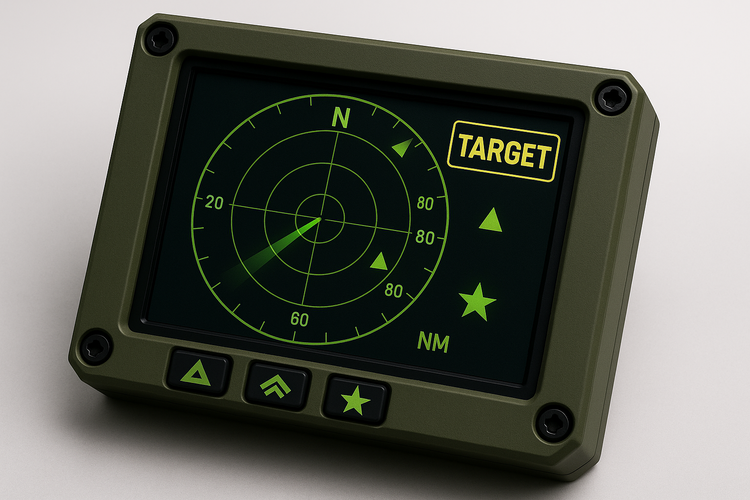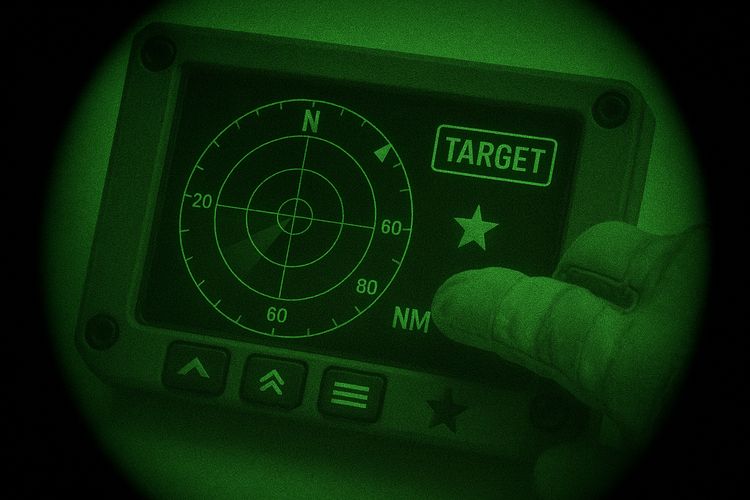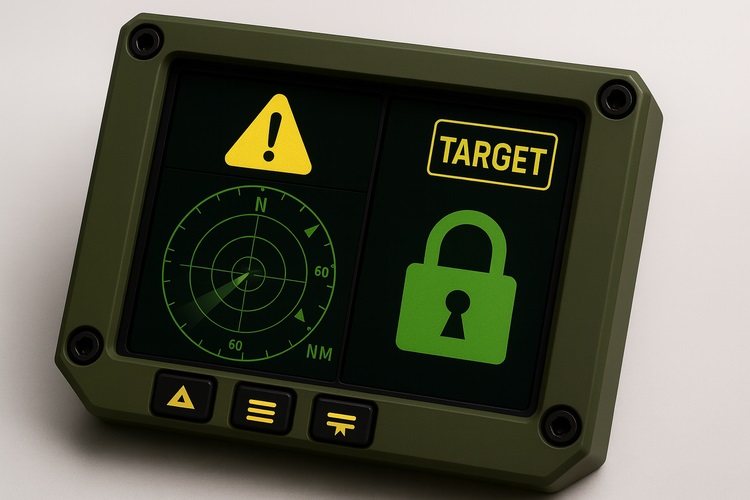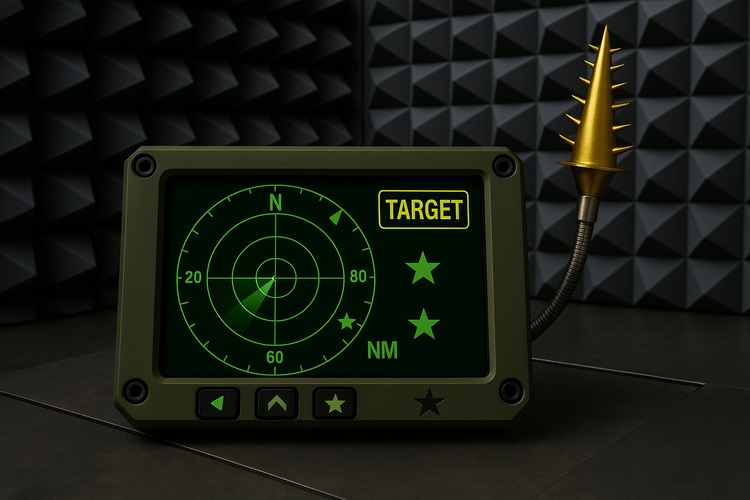Industries
Customised HMI solutions for the military – robust and reliable even for extreme requirements
Input systems, touch displays and control panels specially designed for military requirements
Why standard HMIs are often insufficient in the military
Military and defence technology places particularly high demands on the electronics used: reliability, resilience and precision are indispensable in critical deployment scenarios. Systems must withstand extreme temperatures, dust, moisture, shocks, vibrations and electromagnetic interference. Standard solutions are often unable to cope with these demanding conditions and quickly reach their limits. This requires specialised, robust and mission-oriented HMI systems that guarantee long-term functionality and safety even under the toughest operating conditions.
Here are some of the most important requirements for HMIs in the military:
Rapid information absorption
It is crucial to absorb information quickly in order to provide operators with a clear picture of the situation in complex situations. Information should therefore be presented in an understandable, concise and prioritized manner. Visual elements such as color coding facilitate immediate classification, while audible alarms draw attention to critical events. This structured presentation increases situational awareness, enabling operators to react more quickly, minimize errors and make informed decisions in the shortest possible time.

Ergonomic usability
The interface must be designed in such a way that it functions reliably even under extreme operating conditions. Soldiers must be able to operate it safely despite stress, time pressure and limited visibility or movement options, such as gloves or

Robustness & resilience
HMI control panels in the military sector must be extremely robust and resistant. They should also work reliably under extreme environmental conditions such as heat, cold, humidity, dust, strong vibrations or electromagnetic interference. These requirements ensure that important information remains available at all times and that the operational capability of HMI systems is not compromised – even in harsh, hostile or unpredictable environments.

Safety and protection mechanisms
Military interfaces must meet the highest security standards in order to be protected against cyber attacks, manipulation and unauthorized use. The touch systems must use encryption technologies, secure authentication procedures and access controls to protect sensitive data. At the same time, continuous monitoring is necessary to detect attacks at an early stage. This is the only way to guarantee the integrity, confidentiality and availability of critical information in the long term.

Reliability & fail-safety
Critical military systems must be equipped with redundant displays and reliable fail-safe mechanisms to prevent failures and ensure mission safety. HMI control panels play a central role in this: they must remain functional even in the event of technical malfunctions or partial failures and provide clear feedback. Dual signal paths and automatic safety functions ensure that operation is safe and precise at all times.

Electromagnetic compatibility
Electromagnetic compatibility (EMC) plays a crucial role in military HMIs. Equipment must be designed in such a way that it is not affected by electromagnetic interference and does not itself emit interfering signals. High EMC safety ensures that communication and weapon systems function without interference. Shielding, filters and tested materials help to ensure reliability and operational safety in complex electromagnetic environments.

HMIs in the military are characterized by a wide range of applications and diverse uses. We would like to highlight the following areas as examples:
Vehicle controls:
Intuitive and robust touchscreens and controls for armoured vehicles, trucks and mobile command centres.
Communication systems:
User interfaces for military communication devices that work precisely and reliably even under difficult conditions.
Surveillance and control systems:
High-resolution displays and input devices for radar systems, surveillance drones and control centers.
Field devices:
Portable HMI systems for use in the field, protected against shocks, water and extreme temperatures.
Our reference customers include renowned companies and military institutions that trust our solutions and successfully use them in their applications:
For security and data protection reasons, we are not permitted to use or publish the logos of our military customers publicly.
Do you have any questions? We have the answers! In our FAQs you will find an overview of the most frequently asked questions about HMIs in the military. If you cannot find the right answer here, please do not hesitate to contact us directly — we will be happy to help you.
General questions

Why EP Electronic Print?
At EP Electronic Print, we rely on state-of-the-art components and technologies to develop innovative and customized HMI solutions.
Do you have any questions or would you like to find out more about our HMI solutions?
Our team will be happy to advise you and work with you to find the best solution for your project. Use our contact form or call us directly — we look forward to hearing from you!
We are here for you
Telefon: +49 (0)8142 /420896–20
E‑Mail: projekte@ep-electronicprint.de Allgemeine Anfragen:
Telefon: +49 (0)8142 /420896–0
E‑Mail: info@ep-electronicprint.de EP Electronic Print GmbH
Am Weidegrund 8 & 10
82194 Gröbenzell
